OutdoorHub
Spring Turkey Hunting: The Beginners Guide
Hunting season is now winding down to a close, with both deer and waterfowl seasons over, but there is still a great hunt to be had with the Spring Turkey season. This is the time of year for big long beards, when the woods are filled with the sounds of lovesick toms gobbling, trying to get hens and fight off other rival males. In this rough beginner’s guide, we’ll try to cover our bases for how to bag that big gobbler this spring.
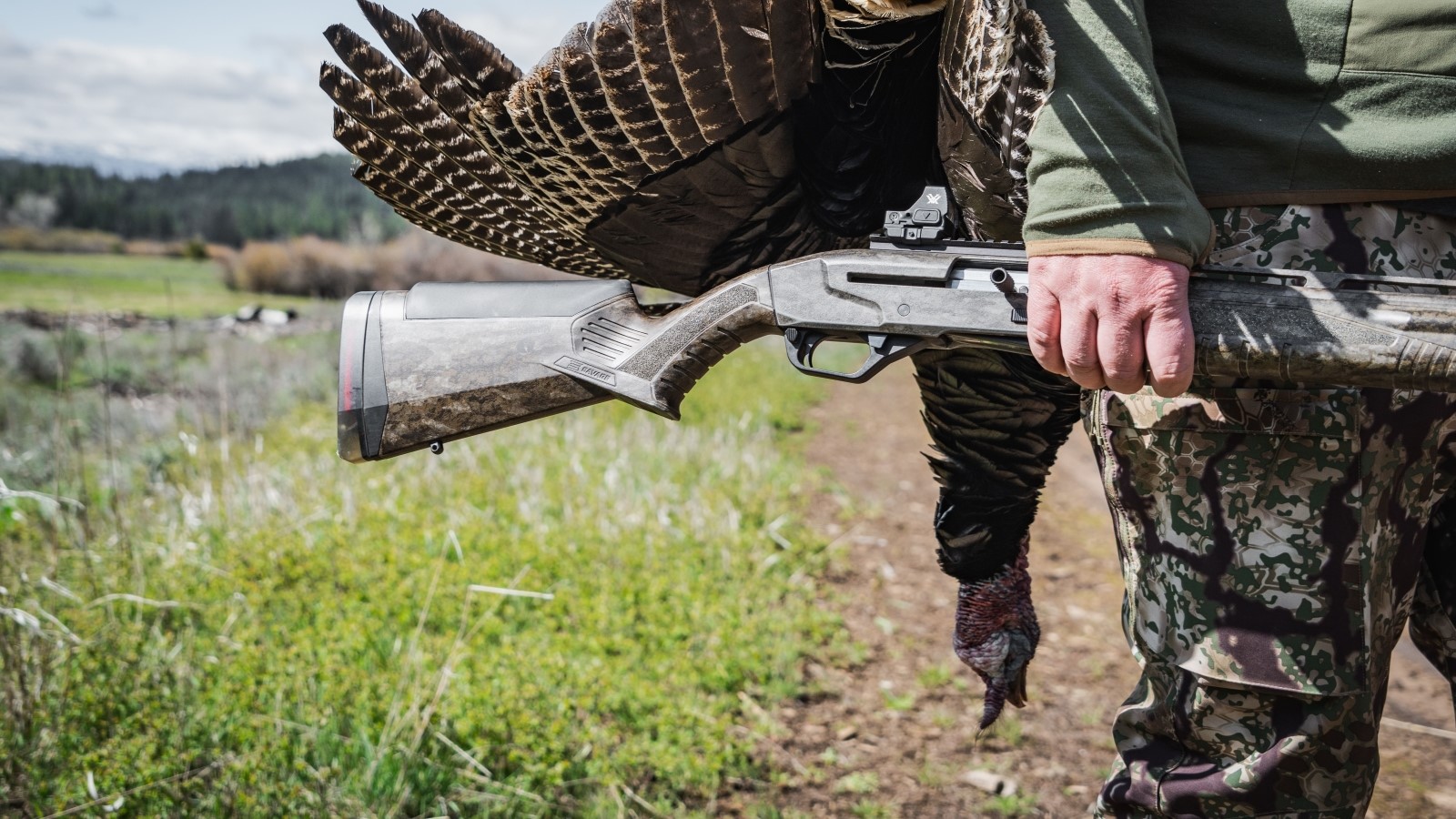
Overview of Spring Turkey Hunting
The Spring season for Turkeys is a male-only hunt, as the name of the game is to bring home a big gobbler. On average, a mature tom (adult male) will come in at about 20 lbs and stand at about 48 inches tall. These are big birds with gorgeous tail plumage, feathers with a bronze base that work up to a black band and light-colored frosted tips. While you can still ambush these big boys in the travel corridors and feeding areas as you did in the fall, the most consistent way to get Toms is to scout locations first. Then use decoys and calls to bring the big gobblers into range of your shotgun.
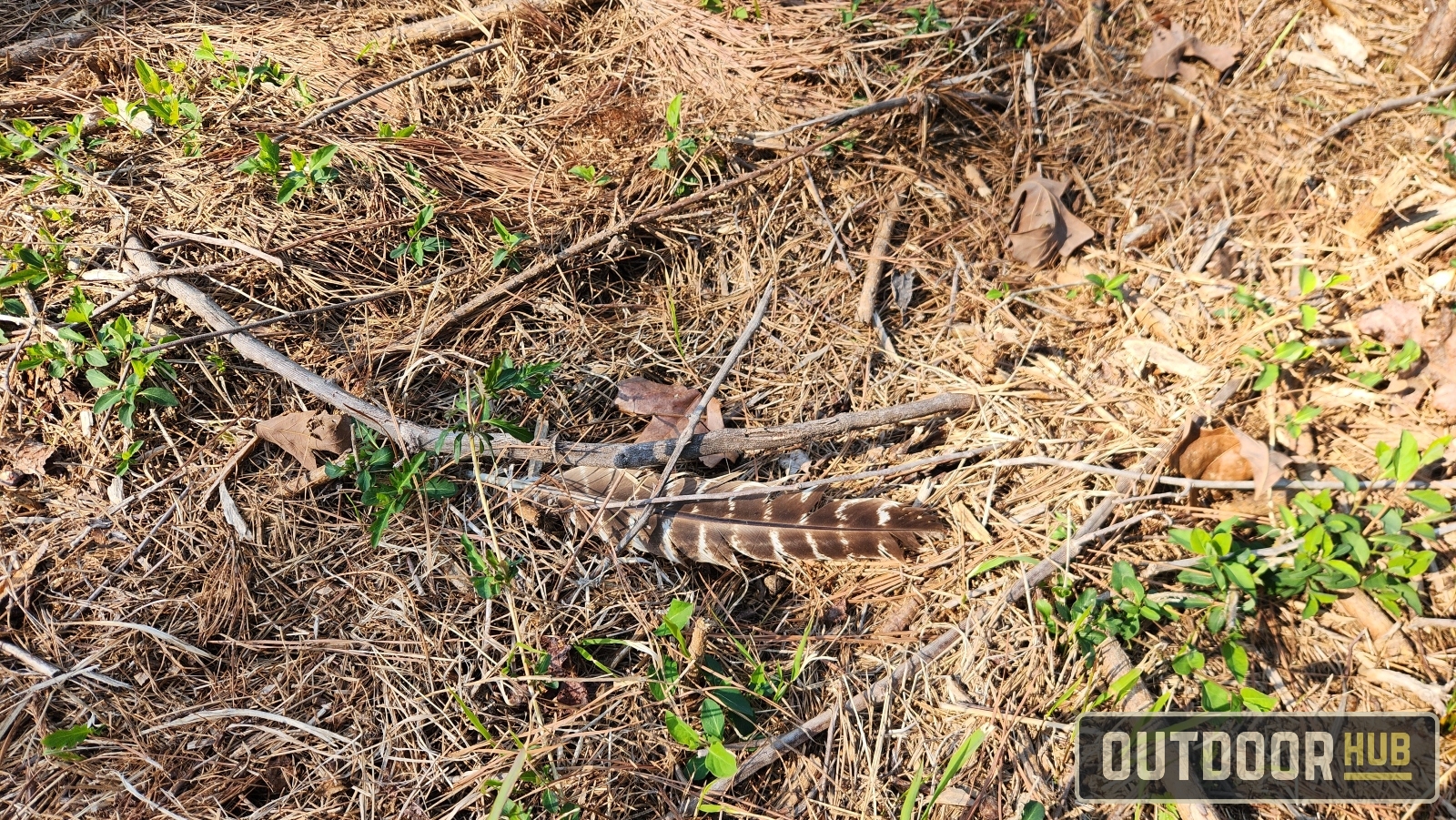
Essential Gear for Spring Turkey Hunting
For Spring turkey hunting, you can pack as much or as little as you want to bring into the woods. With proper scouting, you can locate the range your target gobbler will most likely travel well before your first hunt. So bringing a lot of gear could be A-OK to do because you know where you’re gonna be hunting all day. On the inverse, if you want to run and gun, just pack the essentials so you’re not bogged down for the hike.
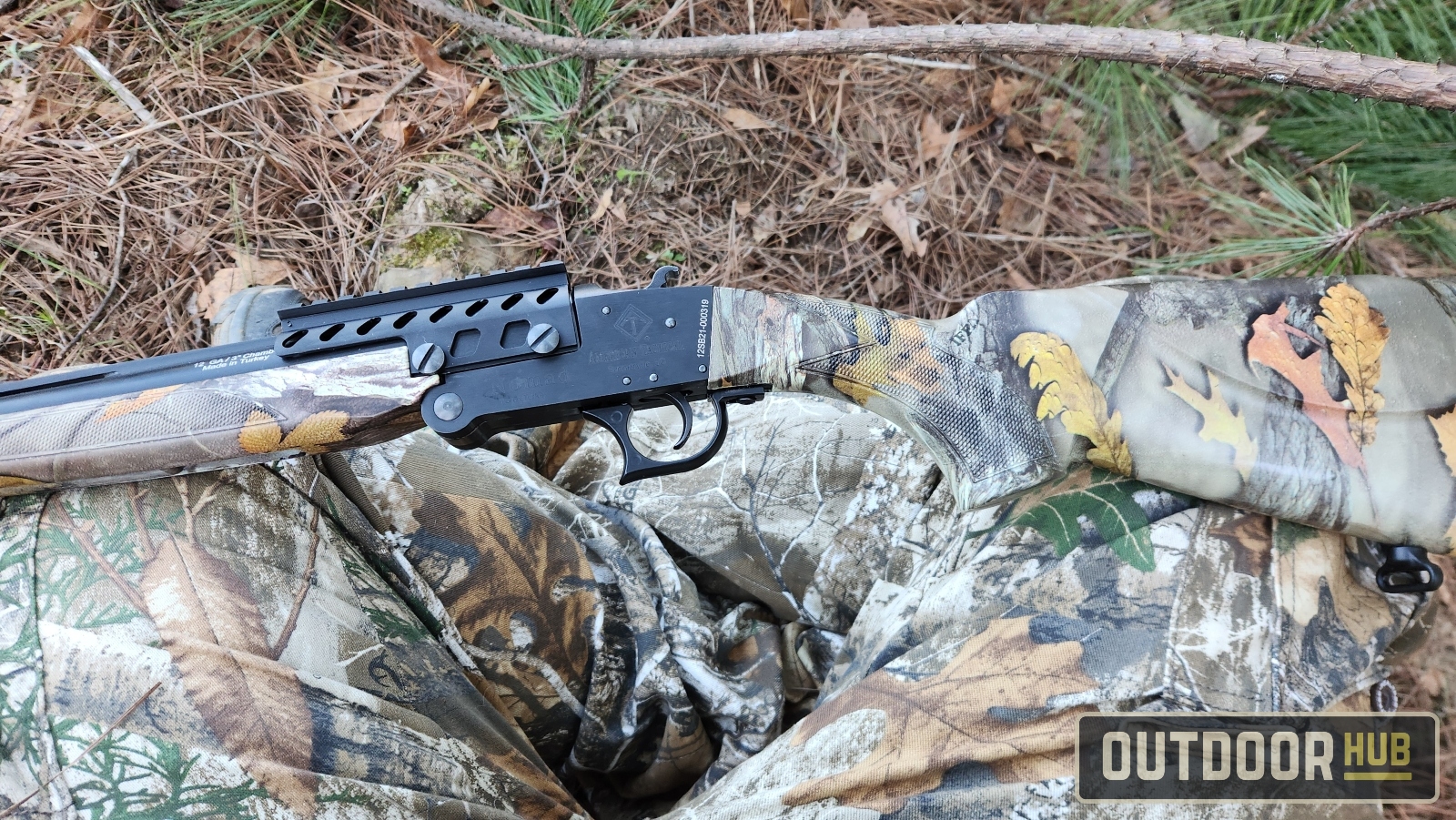
Clothing and Camouflage
Proper clothing and camouflage are a must, turkeys have incredible eyesight and easily make you out if you aren’t careful. While you don’t have to have the fanciest camo, matching your colors to the environment is important. You don’t want to have a ton of green on you when everything is still brown early in the season. Garment-wise, long sleeves, long pants, gloves, and a facemask are must-haves, you want to be fully covered up.
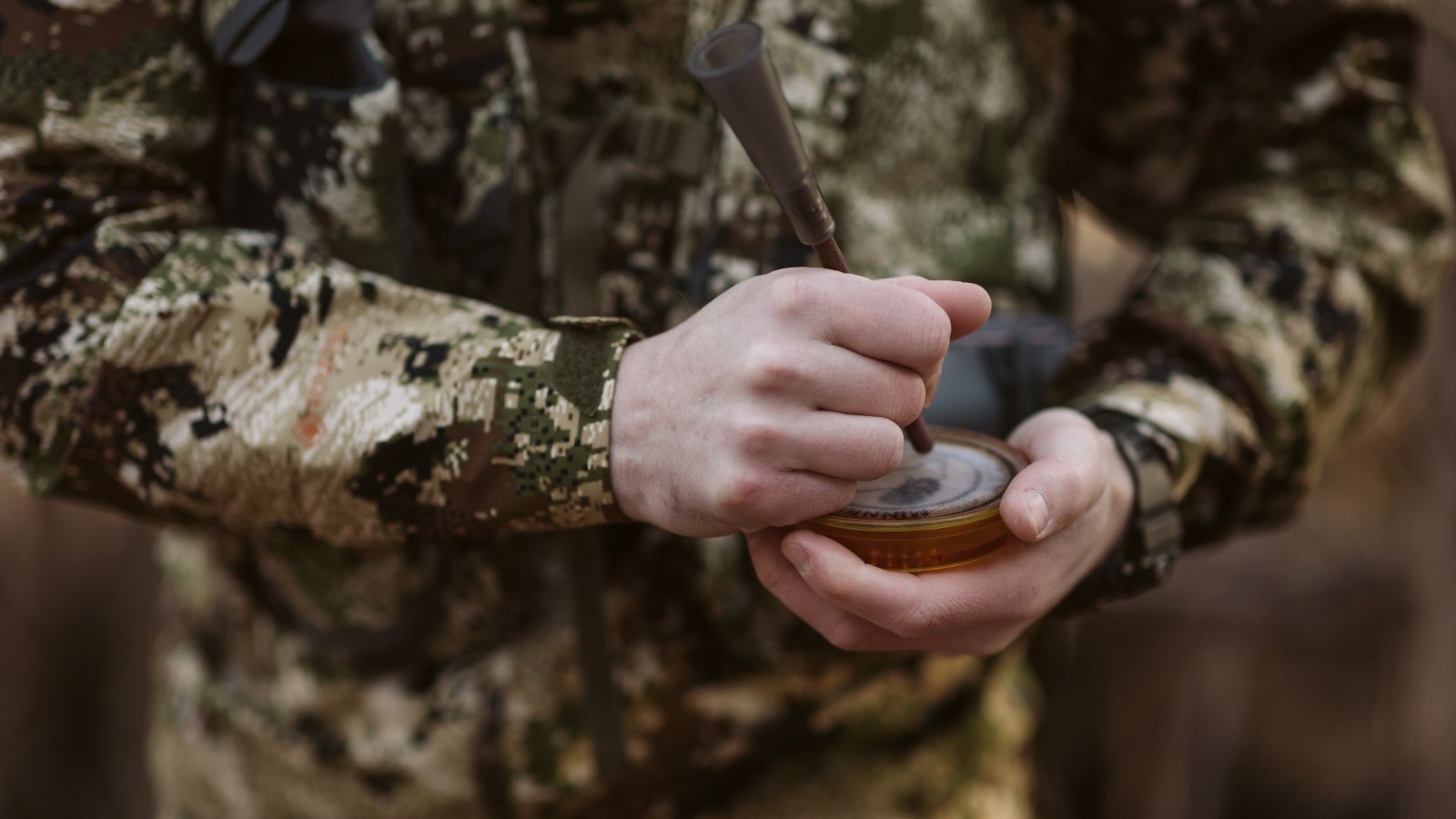
Calls and Decoys
Calls are a must in the spring; you want to call and draw in those big toms into range. For calling in the spring, you have several call options with box calls, pot calls, mouth calls, push button calls, and locator calls. Each of the first four call options has different strengths and weaknesses; you would be better off trying them out and finding which you like best before you decide on one or two of them. The locator call is something different than the rest though, it doesn’t imitate a turkey. Instead, it is any call you use just to get fired up toms to gobble. This helps locate the birds.
For decoys, you can use a single hen decoy if you want to pack light, but if weight and bulk aren’t a concern, packing in a couple of hen decoys and a jake or young tom decoy can do wonders.
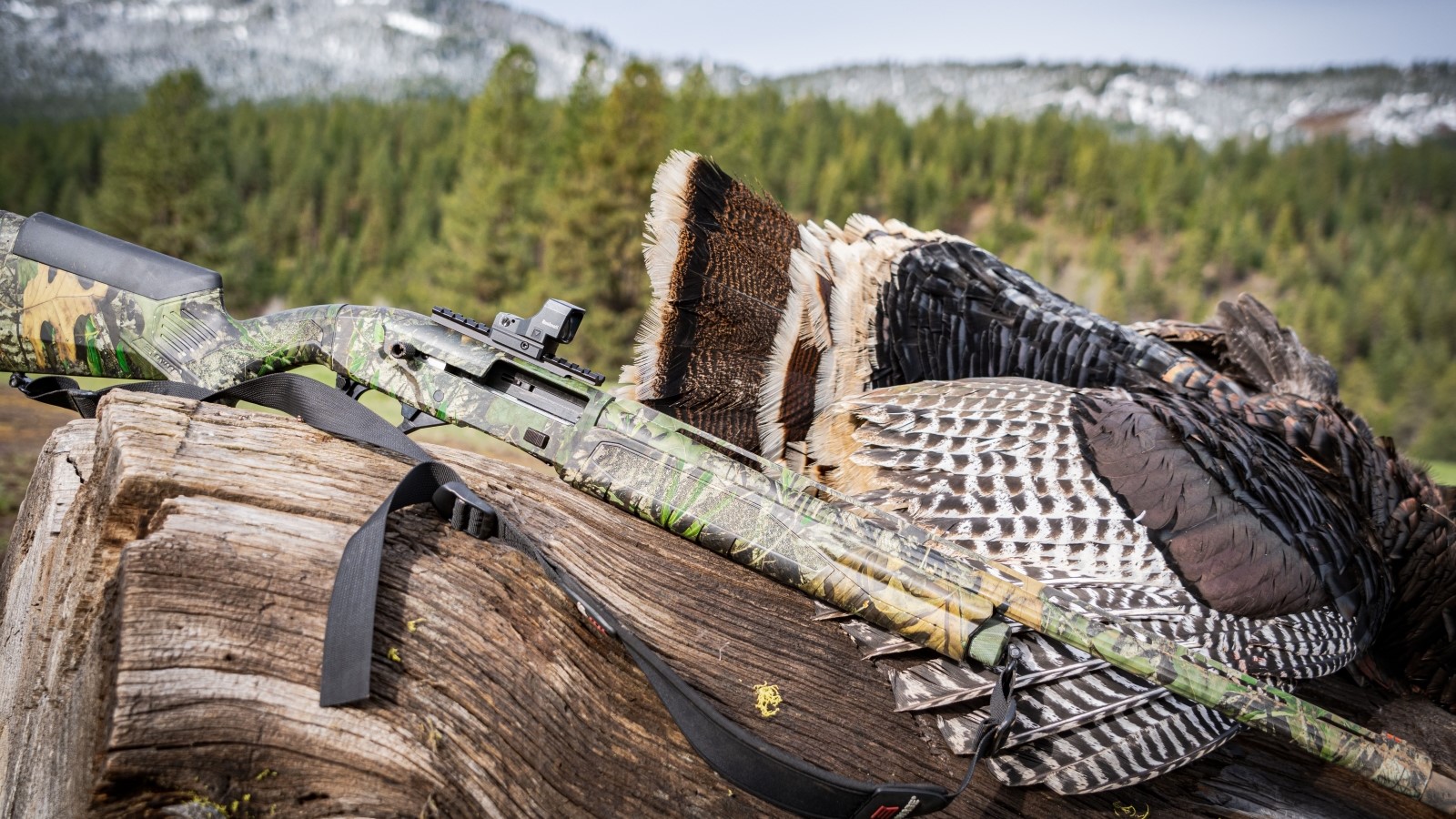
Weapons and Ammunition
A shotgun capable of shooting an appropriate turkey load and patterns well is all you need to hunt spring turkeys. As long as it goes bang whenever you pull the trigger, you should be golden. Just remember that tube-fed shotguns often have ammo capacity restrictions and need to be plugged, so make sure to check your local rules and regulations.
For your shotshell selection, it is the same as the shotguns, you can go cheaper or higher dollar. Just make sure your shotgun patterns well with it with a full choke. However, I do have to say the high-dollar tungsten shotshells do let you reach out and take longer shots.
Other Turkey-Hunting Accessories
Other things to bring you should bring along with you into the woods would be the following.
- Binoculars: Great to check if that blob you see in the distance is actually a bird and not a stump. Also for scanning the woods when you have a reply to that locater call.
- Chair or Seat Cushion: A chair or seat cushion makes sitting still a lot easier when you are calling in those gobblers.
- Snacks / Water: Hunting snacks are a must; I never go into the woods without a little Debbie. And for water, don’t be dumb, stay hydrated.
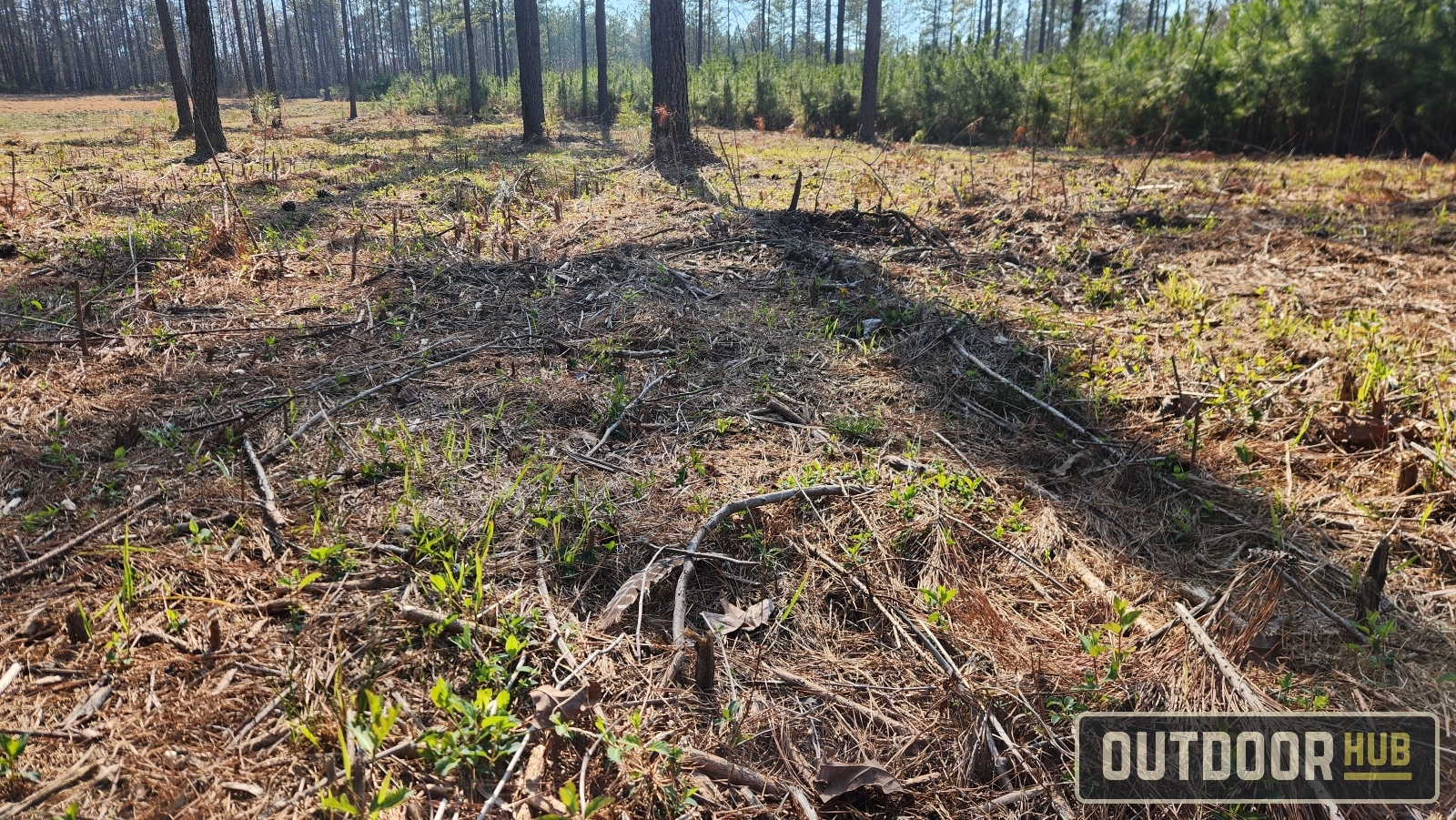
Scouting and Locating Spring Turkeys
Scouting is key to getting that big gobbler this spring. You want to be out there before the season to try and locate the turkeys. As a starting point, you want to look for three things.
- Hardwood Trees: Large hardwoods provide a food source, roost, and escape option for turkeys.
- Grasses: A food source for turkeys that they will visit throughout the day.
- Water: The key to life, everything needs to drink, and this includes turkeys.
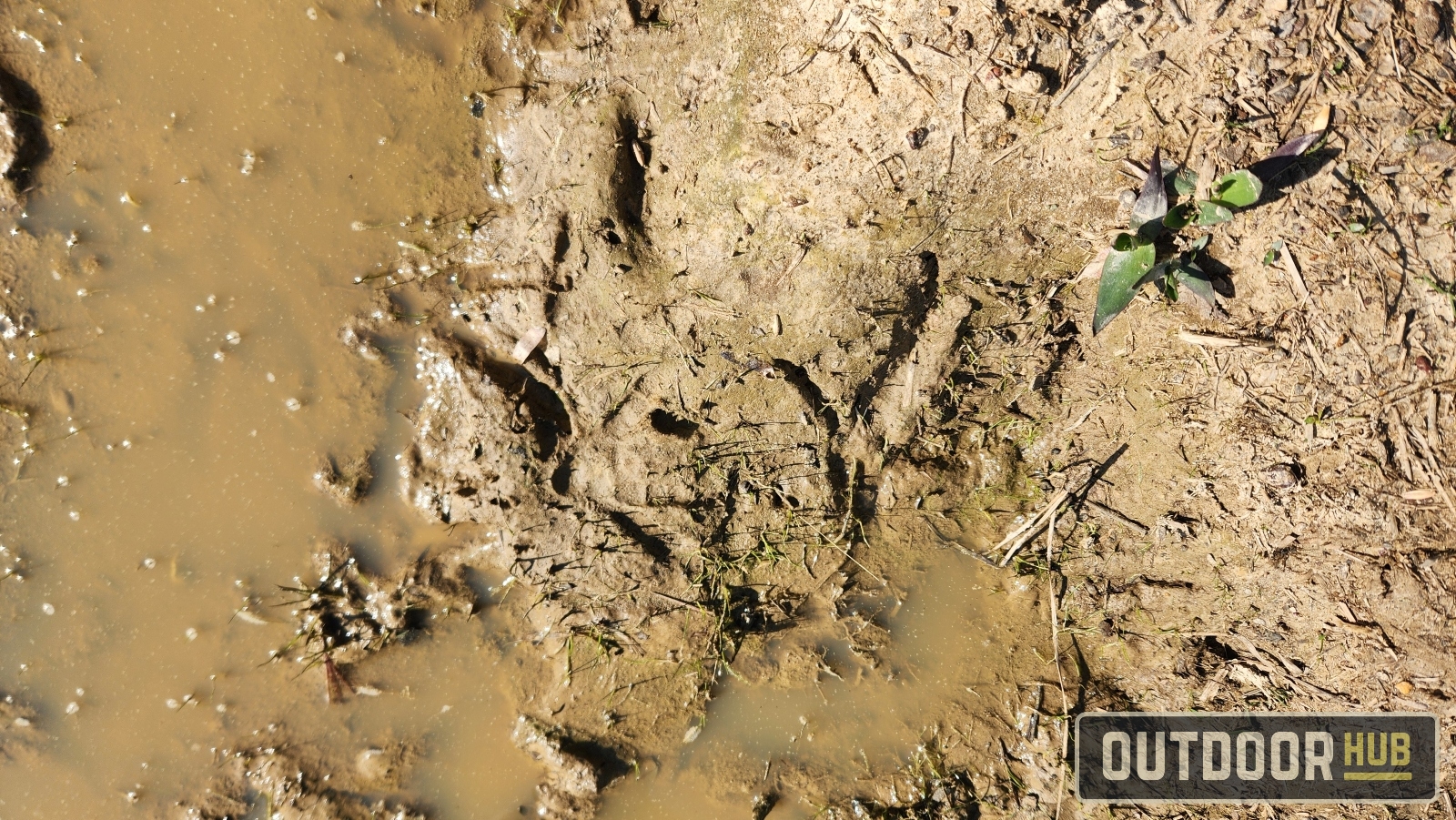
If you find an area with these three things, then start looking for turkey signs and tracks. Try coming before the sunrise with something like a crow call as a locator call. Then, as you near the area you found the turkey sign at before, blow the call to try and hopefully get a response from the gobblers on roost. If you do find the roost, make a note of the location of the tree and plan your hunt around that.
Additionally, trail cameras aren’t only for Whitetails, if you got a spot you know turkeys are visiting put out a trail camera to try and pattern their daily routine.
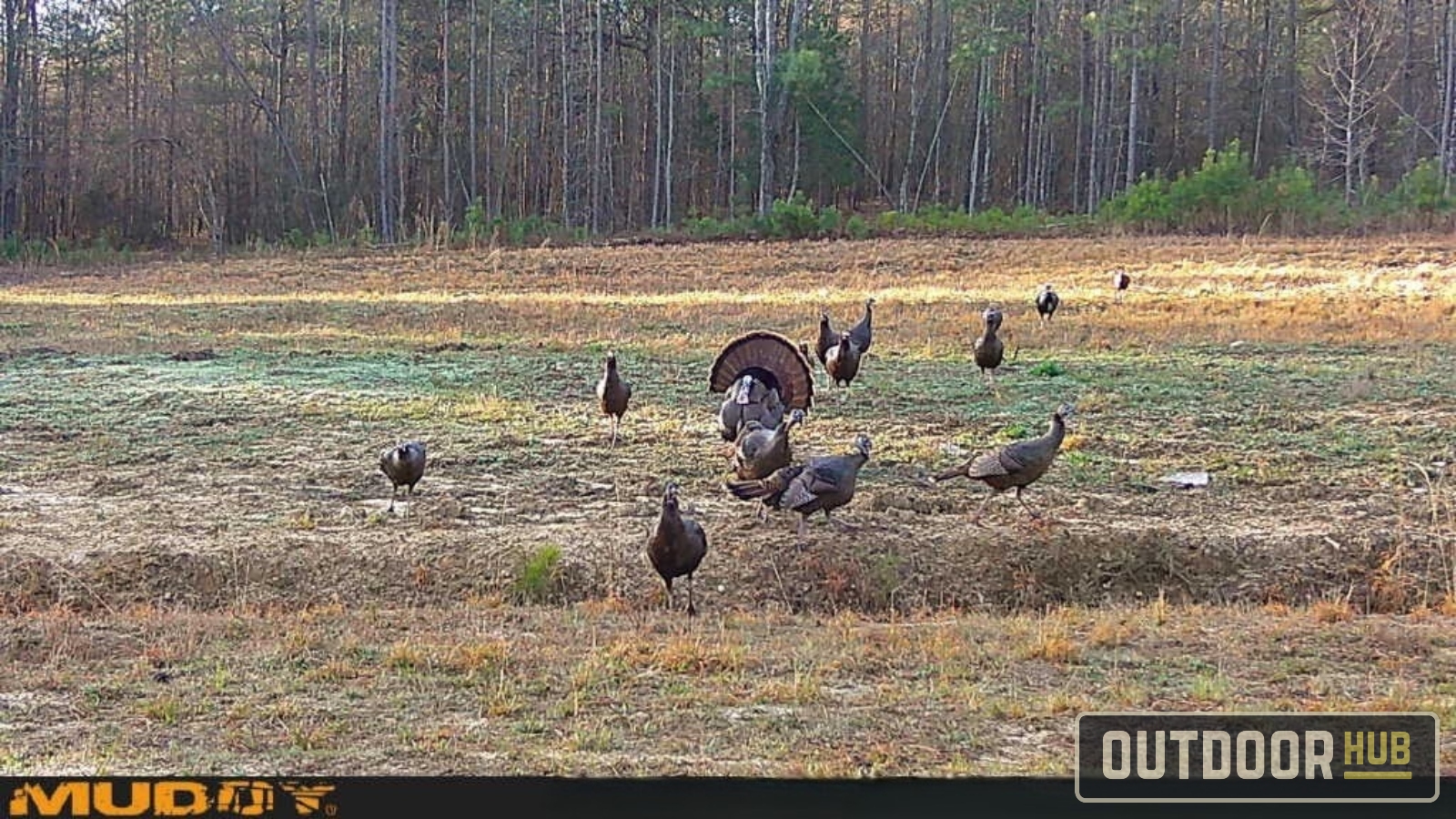
Calling Techniques for Spring Turkey
For the spring, you are trying to get a “conversation” going to bring in that big tom. This can be done with just a couple of calls, the cluck and yelp. Make these calls just often and loud enough to bring them towards you. But make sure to note your cadence and how often you are calling. If your cadence is off, even if the sound is right, birds won’t come towards it. And if you call too often, that can shut a gobbler off and have them leave the area.
Cluck
Clucks are short and sharp sounds, often in sets of two or three notes. This is a good way to encourage a gobbler, making them think a hen is waiting for him there. A good option if the gobbler starts getting more cautious in his approach. This call can be done with a mouth or slate call.
Yelp
The yelp is the basic communication sound of a hen, this is how hens talk to other turkeys. For this call you want these with a good cadence in strings of three to eight but even up to sixteen yelps. If you can get this call down you have improved your chances a good deal. This call can be done with both a mouth or slate call.
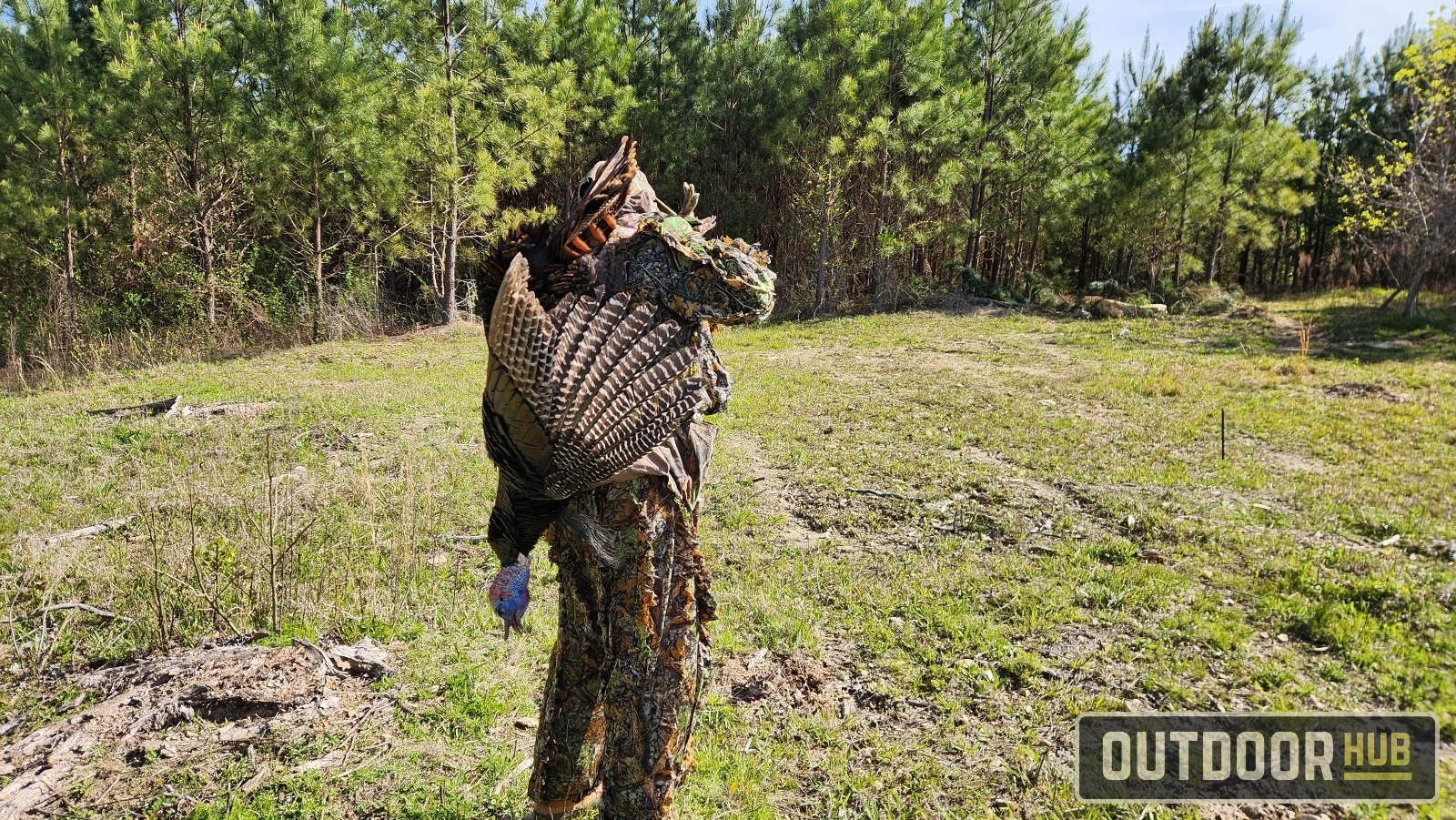
Setting Up for Spring Turkey Success
Now with the scouting done, gear ready, and calls practiced, you need to go about setting up your hunt. If you found the roost during your scouting, get in early before the birds come down from the trees. Be quiet and find a good, covered spot if possible, and wait till the birds leave the trees. Once you hear them land, give them a minute, then start softly with the calls. Hopefully, if everything goes right, you start that “conversation” and have him walk right up to you in short order.
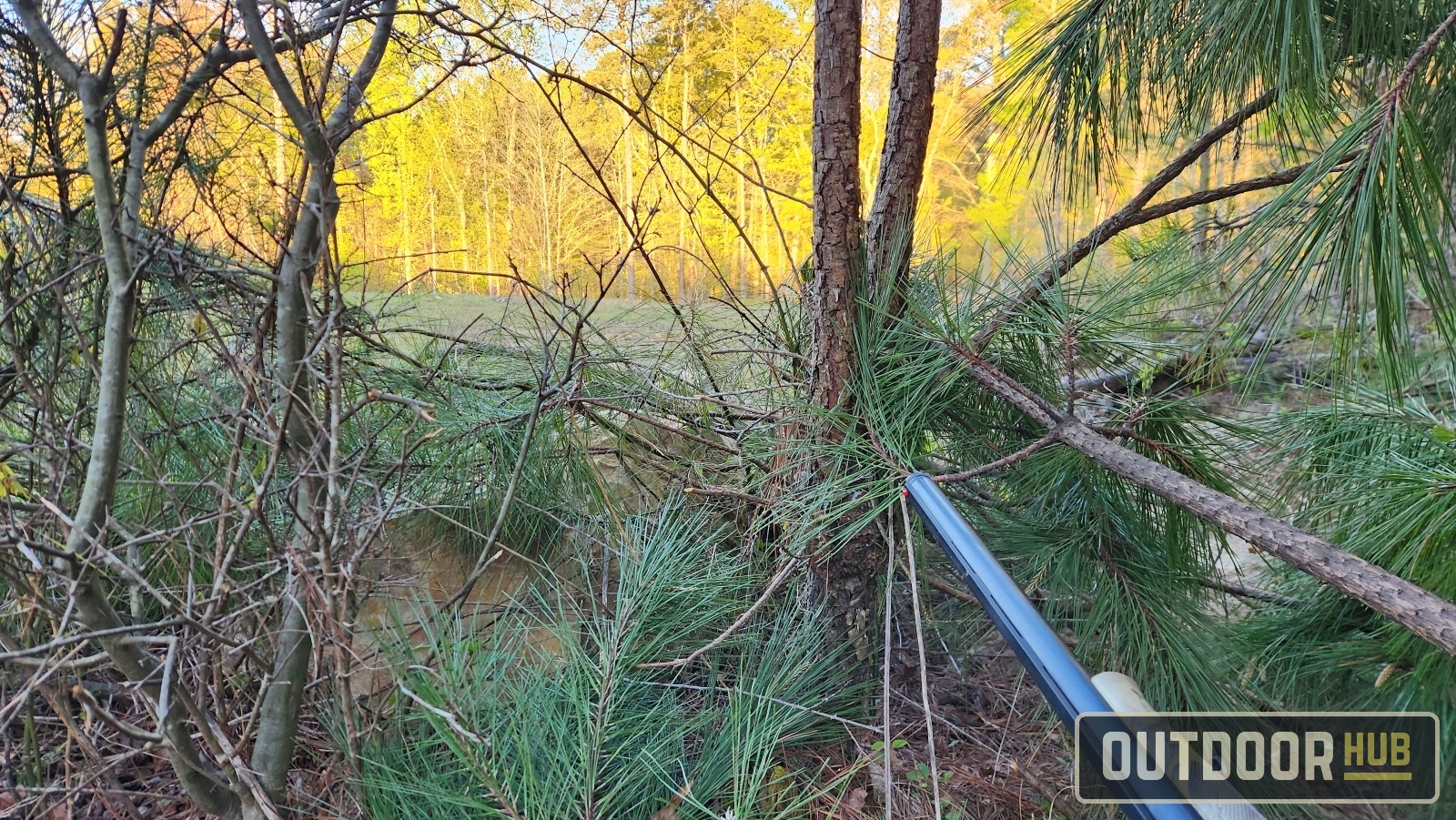
If you haven’t found the roost, no worries, set up near an open field where you’ve hopefully found signs of them feeding. You want to put out decoys here, with two or three hens and a strutting or jake decoy. For the hens, you want to have at least one of them to be a feeding hen decoy, so it does not look like they are alarmed by something in the area. Once you have your decoy spread set up, just start working the calls from your hiding spot, and hopefully, soon that big tom will come your way.
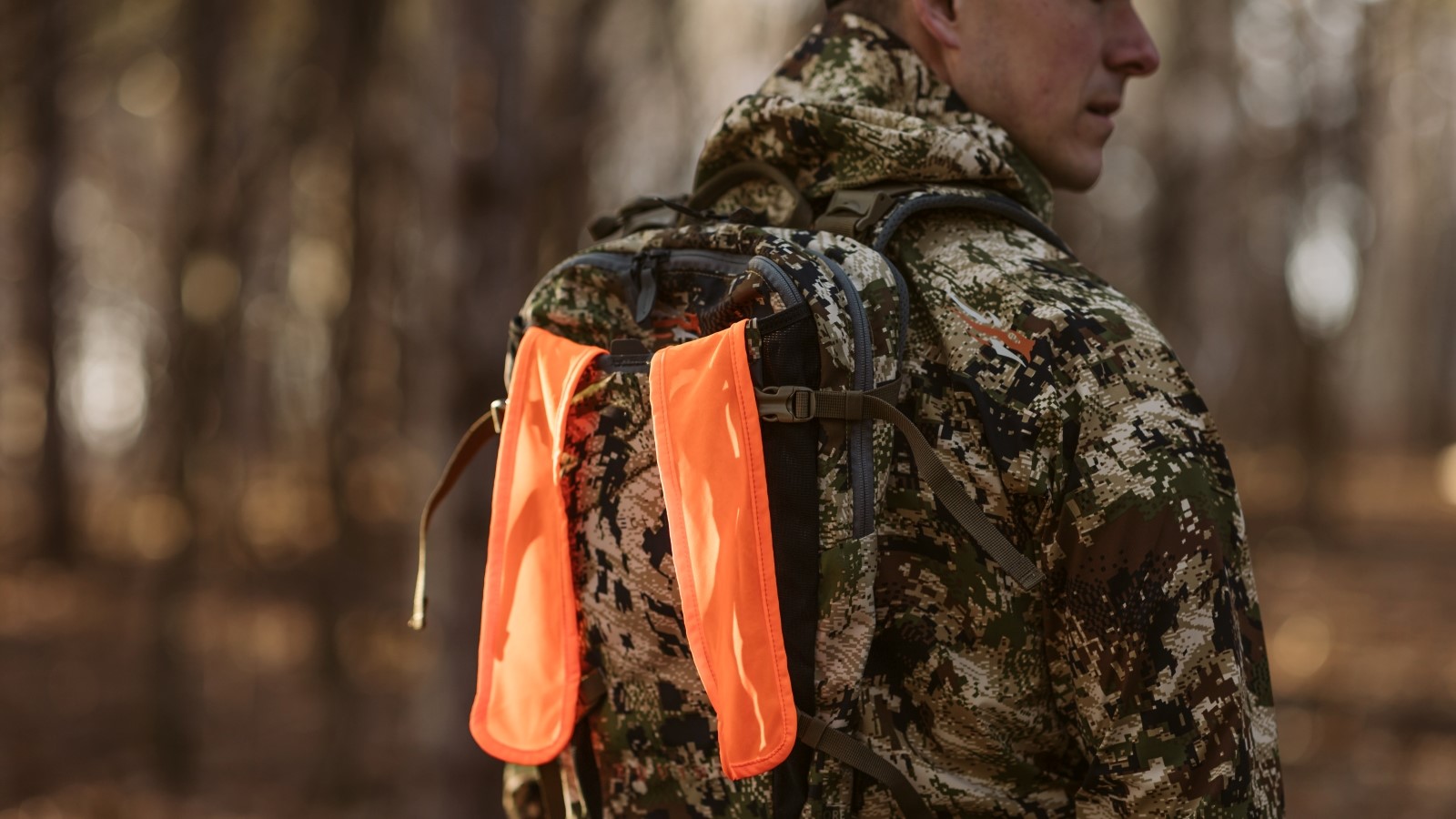
Safety Considerations for Spring Turkey Hunting
Safety is key for any sort of hunting, especially on public land where there can be other hunters nearby.
- Know what your target is and what’s behind it, do not shoot at movement.
- On the other side of this, if you see another hunter moving towards you, yell “Stop” first. And do not move right away as they might reactively shoot at your movement
- Aim to have a large natural barrier behind you when sitting. You want something sturdy enough to shield you from idiots.
- If you do tag your bird, cover it with a game bag or some hunter-orange clothing. Don’t want to get shot on your way out by another hunter thinking you are a live bird.
The post Spring Turkey Hunting: The Beginners Guide appeared first on OutdoorHub.


